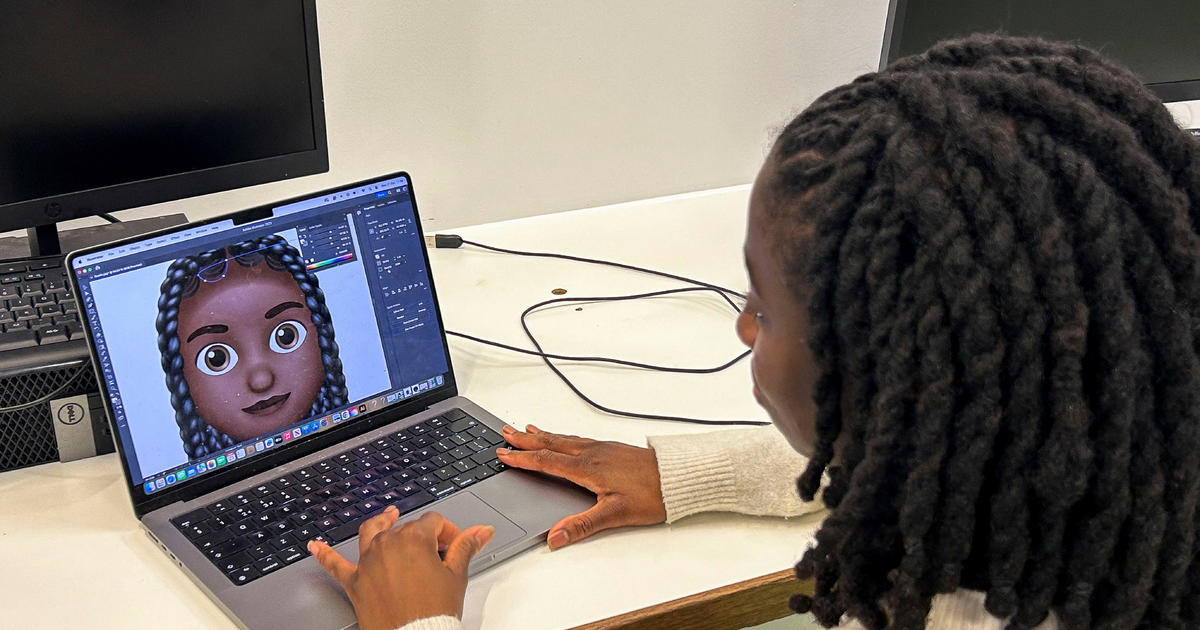The lack of representation of Black and mixed-race hairstyles in the vast world of emojis is a glaring omission in today’s digitally-driven society. A group of young, talented design students in London is leading a charge to rectify this, striving to introduce emojis that accurately reflect the diversity of Black hair textures and styles. Their campaign highlights the significance of representation and challenges deeply ingrained beauty standards. This initiative seeks not only to add to the existing emoji library but also to address the issue of “texturism,” a form of discrimination against afro-textured hair, prevalent in many social settings. This article will explore their innovative approach to creating inclusive emojis and the impact their work could have on digital representation and combating discrimination.
The Need for Inclusive Emoji Representation
Challenging Beauty Stereotypes
The current emoji selection significantly lacks representation for Black individuals, specifically concerning their hairstyles. Afros, braids, cornrows, and locs—styles deeply rooted in Black culture and identity—are conspicuously absent. This absence reinforces existing negative stereotypes surrounding afro-textured hair, often portraying it as unprofessional, unattractive, or unclean. The London-based Rise.365 team correctly points out that the lack of representation in digital spaces mirrors and perpetuates these harmful stereotypes in the real world. The team aims to break down these barriers through visual representation, offering a positive counter-narrative. This lack of representation affects not only the self-esteem and sense of belonging of Black individuals, but also the way others perceive them. Positive representation, such as including these hairstyles in the standard emoji keyboard, would normalize different hair types and encourage more acceptance.
The Impact of “Texturism”
The Rise.365 team actively confronts “texturism,” a subtle yet pervasive form of discrimination directed toward individuals with afro-textured hair. Texturism manifests in various ways, ranging from microaggressions such as unsolicited touching of hair to more overt biases that affect professional opportunities and social acceptance. The students articulate how this exclusion in digital spaces further isolates and marginalizes those who already experience such prejudice. For example, in school environments, this may be amplified as comments or unwanted touching related to hair make Black children feel they do not belong, creating a negative and isolating experience. These young designers intend for their emojis to work against these negative biases and encourage a more positive and accepting environment for individuals of all hair types and textures.
The Design Process: Bringing Diverse Styles to the Digital World
Sketching Diverse Hair Styles
The design process undertaken by the Rise.365 team reflects the rich diversity of Black hairstyles. The students undertook a wide-ranging brainstorming session, drawing inspiration from a vast range of styles that reflect the reality of their community. They didn’t shy away from the challenges of capturing this nuanced range of hair, showing the multitude of creative and self-expressive ways that hair is worn by Black and mixed-race individuals. They went beyond simply representing a few popular styles to depicting the multifaceted nature of hair textures, recognizing the inherent individuality within those styles. This commitment to detail illustrates the team’s careful consideration to address the gaps in existing emoji representation. They highlight that these emojis are not simply about aesthetics; they are a crucial visual element to help express personal identity.
Submitting Designs to Unicode
The team is not just producing designs; they are actively engaging in the process of getting their creations officially recognized. Their goal is to get the emojis officially approved by Unicode, the global organization responsible for the emoji standard. This represents a significant undertaking and will necessitate demonstrating the widespread need and support for such inclusive emojis. The submission to Unicode underlines the importance of formally acknowledging these hair styles. This adds to the weight of their proposal and signals that the inclusion of Afrocentric hair in the standard emoji set is essential and overdue. They also intend to generate public support by encouraging users to engage with social media. By showing widespread interest, they reinforce that their efforts align with existing community need and wants.
The Broader Implications: Beyond Emojis
Promoting Inclusivity and Challenging Existing Standards
The impact of this project extends beyond just adding new emojis to a keyboard. This campaign is a powerful illustration of how representation—or rather the lack thereof—perpetuates harmful stereotypes. The endeavor of the students challenges this trend by showcasing how visual representations directly impact perceptions and acceptance of minority groups and specific styles. They’re addressing the wider discussion of diversity and inclusion across social media and communication. By promoting diverse expressions and fighting “texturism” through positive visual representation, the campaign aims to contribute to a more equitable and understanding digital space.
Amplifying Black Voices and Experiences
The Rise.365 team underscores the significance of amplifying marginalized voices and experiences, both within the digital space and the broader societal context. The design students not only bring their own unique skills but showcase the innovative ideas possible through giving a space and a platform for the youth within their community. This empowers the students as key players in discussions and implementation concerning diversity and inclusivity. Their efforts aren’t limited to making a visual impact. Instead they directly support community members, raising awareness of discrimination, challenging it, and providing visual representation for members of marginalized communities that positively portrays them.
Takeaway Points
- The absence of Black and mixed-race hairstyles in existing emojis reinforces negative stereotypes and perpetuates discrimination (“texturism”).
- The Rise.365 team’s initiative highlights the need for inclusive emoji representation reflecting the diversity of hair textures and styles.
- The team’s design process emphasizes inclusivity and showcases the rich variety of Black hairstyles.
- Their campaign extends beyond adding new emojis, serving as a call for broader discussions on diversity, representation, and the fight against discrimination in the digital world.




